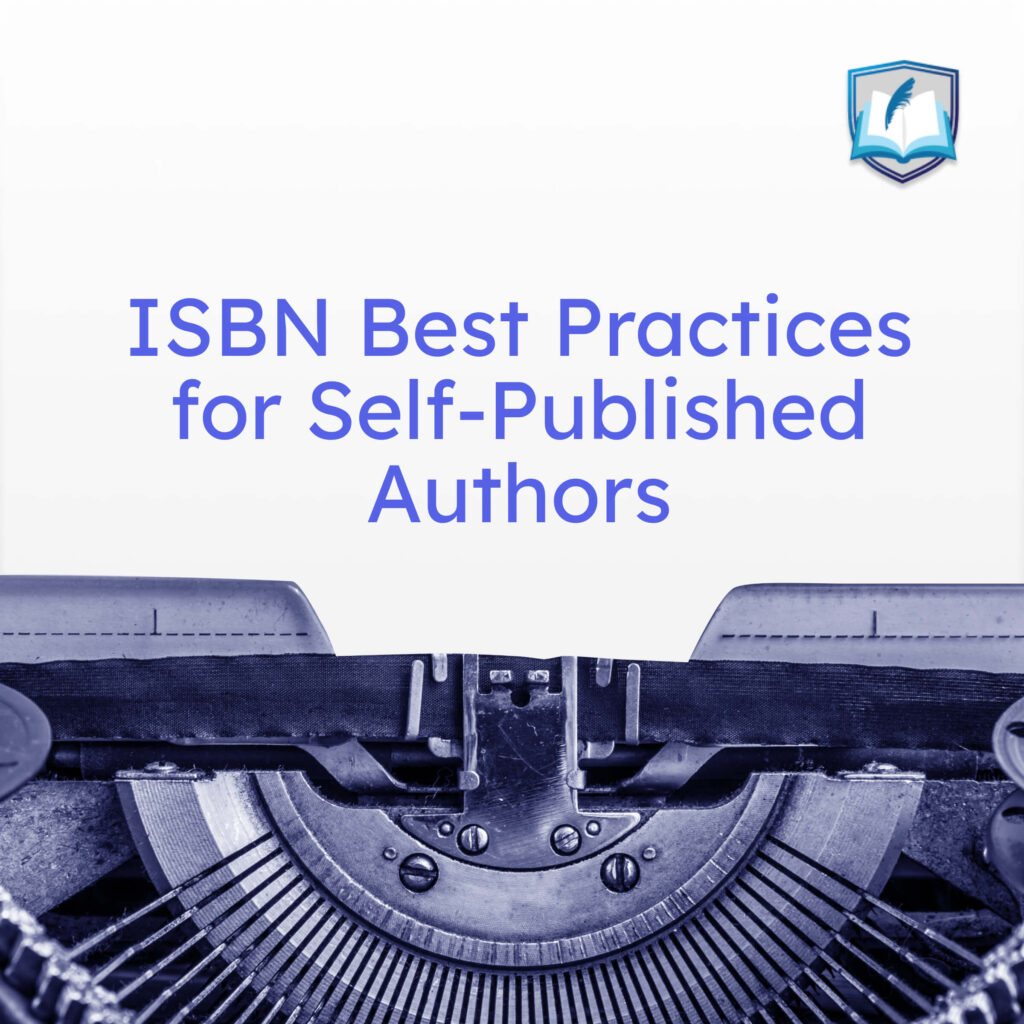In the world of self-publishing, where authors take the reins of their literary destinies, the International Standard Book Number (ISBN) is a formidable tool. ISBNs provide your book with a unique identity, making it discoverable in libraries, bookstores, and online retailers. In this article, we will explore best practices for self-published authors on how to effectively use ISBNs to maximize the visibility and accessibility of their books.
Understanding ISBNs: A Primer
Before we dive into best practices, let’s clarify what ISBNs are and how they work:
- Unique Identifier: An ISBN is a 13-digit code (formerly 10 digits) that serves as a unique identifier for your book. No two books should share the same ISBN, even if the content is similar.
- Edition-Specific: Each format of your book (e.g., hardcover, paperback, eBook) and each edition (e.g., first edition, second edition) require a unique ISBN.
- Global Recognition: ISBNs are recognized and used worldwide, allowing your book to be distributed and cataloged internationally.
Best Practices for Self-Published Authors
- Obtain Your Own ISBNs: While some self-publishing platforms offer free ISBNs, it’s advisable to obtain your own. This gives you full control over your book’s metadata, making it easier to switch platforms or distributors in the future.
- Buy in Bulk: ISBNs are typically sold in batches. Consider purchasing a block of ISBNs if you plan to publish multiple books or editions. This is often more cost-effective than buying them individually.
- Plan ahead: allocate ISBNs strategically. Reserve them for formats and editions you intend to publish in the future. ISBNs are not interchangeable between books, so having extras can save you time and money.
- Assign ISBNs Early: Assign ISBNs to your books during the planning phase, not after they are already published. This ensures consistency in your book’s cataloging and distribution.
- Use Separate ISBNs for Different Formats: Each format of your book (e.g., hardcover, paperback, eBook) should have its own ISBN. This helps retailers and libraries accurately list and track your book.
- Update Metadata: Ensure your book’s metadata is complete and accurate. This includes the title, author, description, genre, and cover image. Accurate metadata improves discoverability.
- Follow Formatting Guidelines: When displaying the ISBN on your book, adhere to formatting guidelines. It should appear in a specific location and use the correct font size and style.
- Library of Congress Control Number (LCCN): If you plan to sell your book to libraries, consider obtaining an LCCN. This identifier helps libraries catalog your book more easily.
- Online Retailers: When publishing your eBook on online retailers like Amazon Kindle or Apple Books, you can use their unique ASINs (Amazon Standard Identification Numbers). However, having your own ISBN provides greater control and flexibility.
- Check Your Distribution Options: Ensure that your distributor (e.g., Amazon, IngramSpark) correctly lists your book’s ISBN and metadata. Mistakes in distribution can lead to confusion and lost sales.
Conclusion: ISBNs as Your Self-Publishing Allies
ISBNs are not just numbers; they are the keys to making your self-published book discoverable, accessible, and cataloged globally. By following these best practices and using ISBNs strategically, you empower your book to stand out in the crowded literary landscape, reaching readers, libraries, and retailers far and wide. ISBNs are the silent champions of self-published authors, helping your words find their way into the hearts and minds of readers around the world.




